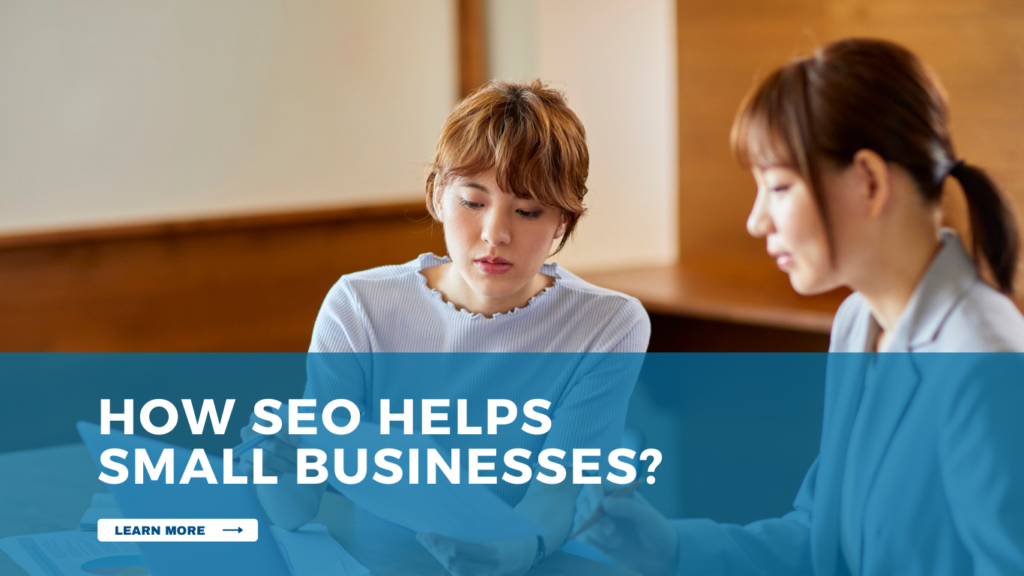How to Build an Effective Website for a Real Estate Business
Your website plays an important role in your business growth. A website is more likely your 24/7 digital store for your business; customers get their first impression from your website, especially for your real estate business, you can drive more customers through your website by posting images, property details, customer reviews, and blogging related to your business will attract more customers for your business. Building an effective website for your real estate business actually helps you to stay away from your competitors. Build an Effective Website for a Real Estate Business 1. Build a Website That Sells for You Create a website that actually sells your business. Without a website, your business would be hard to navigate. A website showcases your online presence, and what a customer actually needs before buying is trust. That is what a website does: it builds trust with your customers. Build a website using WordPress and design it simply. Tips: Use a WordPress theme designed for real estate. Always upload high-quality images, map locations, pricing, and a contact information form. Example: A property dealer in Hyderabad launched a website with a free WordPress theme and ₹500/month hosting. He uploaded 6 properties with images and added a handy WhatsApp chat option that stays on the screen. Within 15 days, he got 20 inquiries just through his website. 2. Use Local SEO to Get Found in Your City Local SEO helps you to appear on regional searches, for example, if someone searches “2BHK in Anna Nagar” or “plots near Tambaram”. That’s where Local SEO helps for your business improvement, make a Google Business profile and regularly update with high-quality images, and your business will appear in near me searches. Local SEO helps you appear on “near me search results” Tips: List your business details on Google My Business Use location keywords like “Affordable apartments in Coimbatore” Add blog posts like “Top 5 Budget-Friendly Locations in Madurai” Example: A small realtor in Coimbatore wrote a blog titled “Why Peelamedu is Great for First-Time Home Buyers”. And he regularly published property images and pricing details within a week, and he got 10 calls just from Google search traffic. 3. Make It Mobile-Friendly and Fast Over 70% of property searches happen through mobile phone searches. A slow or clunky mobile site makes your customer bounce to another website. Your website should load in under 3 seconds and adapt smoothly on smartphones and tablets. If your website takes more than 3 seconds it will impact your Google ranking and drive a bad reputation with your customers. Tips: Use image compression tools like TinyPNG. Install a caching plugin if you’re on WordPress. Run the website on various devices like mobile phones, laptops and tablets. Example: A builder in Pune after identifying his website slow load speed in mobiles,he switched to a mobile-first theme and improved loading time by 4 seconds. Bounce rate dropped, and he saw a 40% increase in inquiry forms. 4. Add Trust Elements: Reviews, Certifications & About Section To build immediate trust with your customers, add your certifications, past client testimonials, positive reviews from happy customers and a friendly “About Us” section, which helps your customers get more information about your business. Tips: Show client reviews with photos Add “Featured In” or award badges Include a short video introducing yourself or your team Example: A realtor in Chennai added 3 client testimonial videos to her homepage. These videos helped her build credibility, and she reported 5 new inquiries wthin a week after uploading. 5. Keep Listings Fresh and Add a Blog Old listings always create doubt. A good real estate website always feels alive, like a fish in an ocean. Update property details, add new listings weekly, and include fresh blog content that deals with current trends. Post blogs twice a week to attract organic traffic. Tips:Write blogs like: “Top 3 Areas to Buy Property Near IT Hubs in Bangalore” “Legal Checklist Before Buying a Flat in India” Example: A real estate agent in Kochi wrote a blog titled “How to Check Land Records Online in Kerala”. The blog went viral locally and brought him 18 new inquiries over the next month. 6. Add clear contact Information Make sure your contact details are easy to spot. Place your phone number or email in the top right corner of your website, where visitors naturally look. You can also use a pop-up with your contact info or add a “Contact Us” button that links directly to WhatsApp. The easier it is for buyers to reach you, the more likely they are to take action. Tips : Add your phone number and email in the top right corner of every page. Include a “Contact Us” button that links to WhatsApp or a quick inquiry form. Example: A property dealer in Madurai added a floating WhatsApp chat button and placed his phone number and email at the top right of his homepage. He also embedded a short contact form on each property page. Within three weeks, he received 22 new direct inquiries, most of which came from mobile users browsing in the evenings. 7. Add your official social Media Pages Nowadays, everybody is actively on social media, having an official social media account will help you to engage with your customers actively by replying to their comments and posting regularly will help you to reach more potential customers. Tips: Post regularly in various social media platforms like Instagram, face book anf LinkedIn Replying to the customer’s feedback helps you build a friendly relationship with customers. Example: A real estate agent in Vizag linked his active Instagram and Facebook pages to his website. He started posting weekly property walkthrough videos and replied to comments within minutes. Within a month, his page grew by over 500 followers, and he got 11 inquiries directly through Instagram DMs. Conclusion You don’t need fancy tech or a big budget to build an effective real estate website. Start with a clean WordPress site, use local SEO, keep content
How to Build an Effective Website for a Real Estate Business Read More »
Blog







